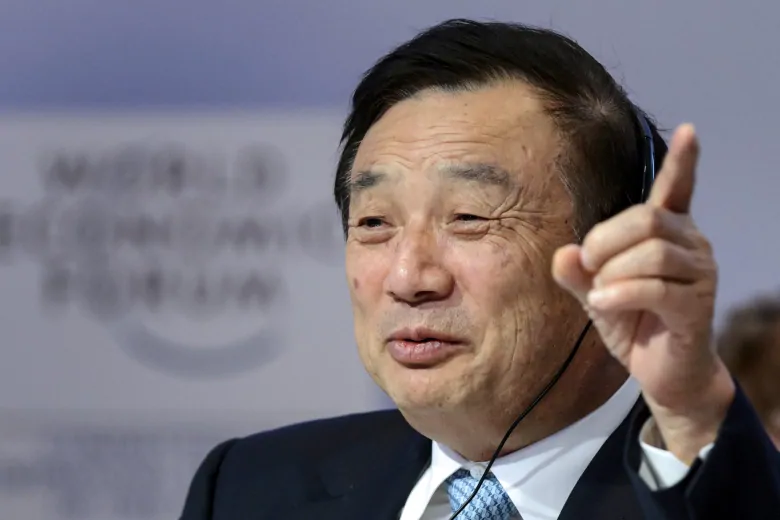Huawei to move research centre from U.S. to Canada, founder says

The founder of Huawei says the Chinese tech giant is moving its U.S. research centre to Canada due to American sanctions on the company.
In an interview with the Globe and Mail, Ren Zhengfei said the move was necessary because Huawei would be blocked from interacting with U.S. employees.
Huawei Technologies Ltd. is the No. 2 global smartphone brand and the biggest maker of network gear for phone carriers. U.S. authorities have said the company is a security risk, which Huawei denies, and announced curbs in May on its access to U.S. components and technology.
Canada has yet to decide whether it will ban Huawei from supplying equipment to the coming 5G wireless network that telecommunication companies are planning.
Ottawa’s relationship with the company has also been complicated by its the arrest of Ren’s daughter, Huawei chief financial officer Meng Wanzhou, just over a year ago, over U.S. allegations of violating sanctions on Iran. Her extradition case is before a Canadian court.
Ren gave no details on the Canadian expansion, but Huawei confirmed in June it had cut 600 jobs at its Silicon Valley research centre in Santa Clara, Calif., leaving about 250 employees. A Huawei spokesman said the company had no further comment.
According to the U.S. ban, we couldn’t communicate with, call, email or contact our own employees in the United States.– Ren Zhengfei, Huawei founder
“The research and development centre will move from the United States, and Canada will be the centre,” Ren said in a video excerpt of the interview on the Globe and Mail website. “According to the U.S. ban, we couldn’t communicate with, call, email or contact our own employees in the United States.”
Ren said the speed of the research centre move will depend in part on if U.S. staff will be allowed to move to Canada.
The company already has more than 1,100 employees in Canada between its head office in Markham, Ont., and a research and development centre in Ottawa as well as smaller offices elsewhere in the country. It also currently lists 86 job openings in Canada between Burnaby, B.C., Edmonton, Markham, Montreal, Ottawa, and Waterloo, Ont.
It has one of the world’s biggest corporate research budgets and has said this year’s spending will rise 20 per cent to $17 billion US. It said in a recent release that it invested $164 million in research and development initiatives in Canada last year.
In July, Huawei announced it would bring high-speed wireless services to 70 communities in the Arctic and northern Quebec.
The company also has funding commitments with several Canadian universities. In April, several prominent U.S. institutions including Massachusetts Institute of Technology, Princeton University and the University of California, Berkeley, said they would not accept new funding from the company, citing U.S. federal charges against Huawei along with broader cybersecurity concerns previously raised by the U.S. government.
U.S. federal prosecutors in January unsealed two cases against Huawei. One, filed in New York, accuses the company of bank fraud and says it plotted to violate U.S. trade sanctions against Iran. The other, filed in Washington state, accuses Huawei of stealing technology from T-Mobile’s headquarters in Bellevue, Wash. The company pleaded not guilty in both cases.
Huawei, China’s first global tech brand, is scrambling to preserve its business in the face of possible loss of access to U.S. components, which threatens to damage its smartphone business.
The company, headquartered in Shenzhen, also operates research and development centres in Germany, India, Sweden and Turkey.
In November, Huawei started selling a folding smartphone, the Mate X, made without U.S.-supplied processor chips or Google apps. The company also has unveiled its own smartphone operating system it says can replace Google’s Android if necessary.





